Building for the Unpredictable: Resilient Materials for Extreme Weather Conditions
Chosen theme: Resilient Materials for Extreme Weather Conditions. From gale‑force winds to blistering heat and flood‑soaked nights, materials are the first and last line of defense. Here, we turn cutting‑edge science into practical choices you can specify, build, and live with. Join us, ask questions, and subscribe to get fresh insights that help your projects endure the next storm, season after season.
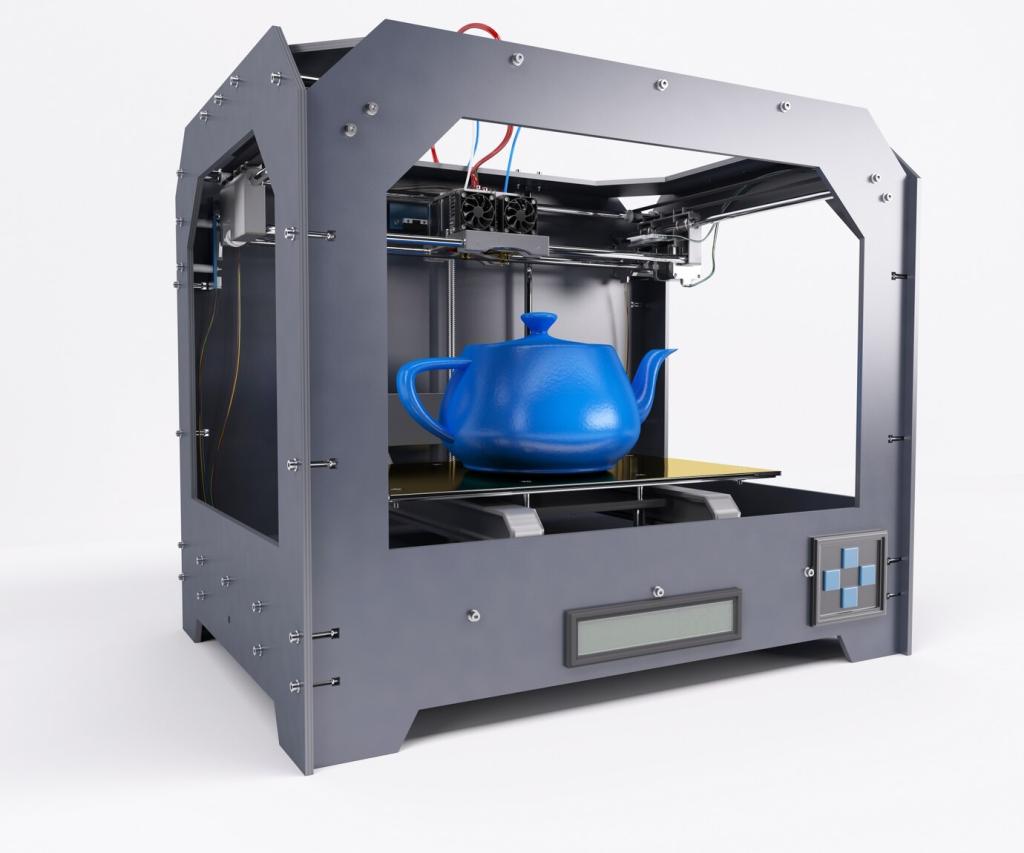


Hurricanes, Hail, and High Winds: Toughness by Design
Laminated glazing with robust interlayers, hybrid polycarbonate laminates, and fiber‑reinforced cementitious panels with embedded meshes shrug off hail and debris. They maintain visibility, daylight, and safety, preventing catastrophic breach that pressurizes interiors and tears buildings apart from the inside out.
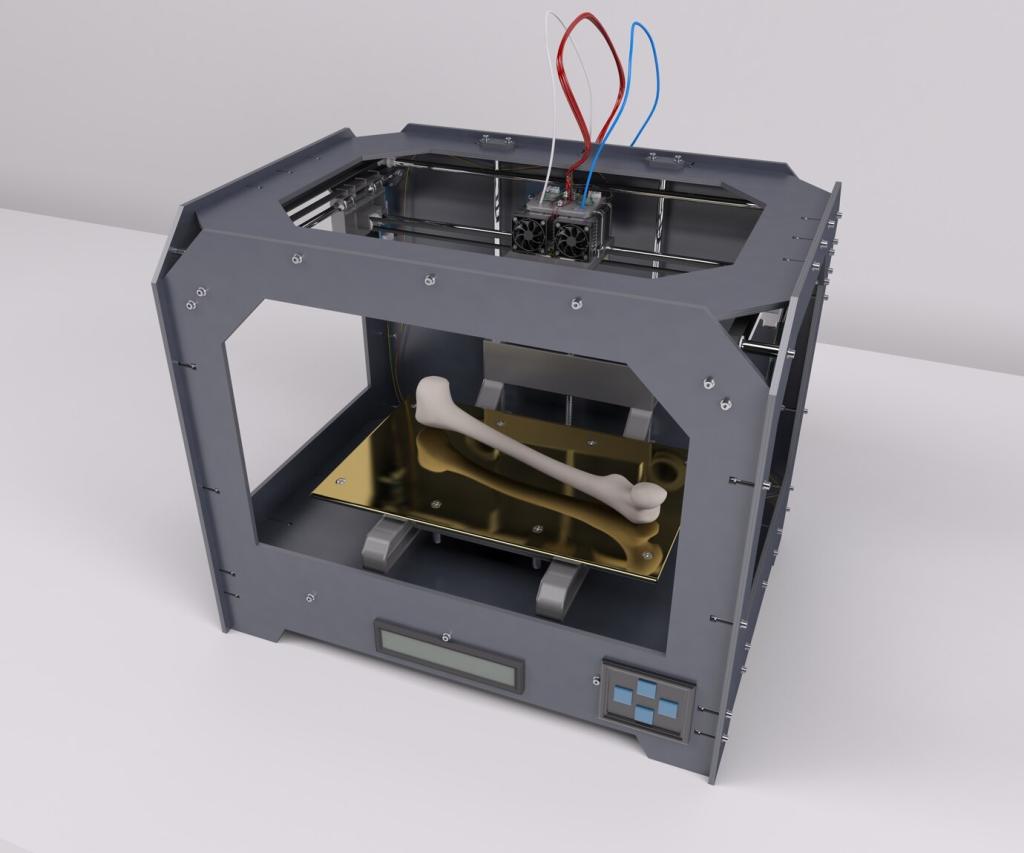
Low‑permeability matrices that resist ingress
Ultra‑high‑performance concrete, geopolymer binders, and crystalline admixtures create tight microstructures that resist chloride ingress and water penetration. In floodable areas, these materials reduce spalling, protect reinforcement, and shorten dry‑out windows so buildings return to service faster and safer.
Vapor‑smart envelopes that dry when they must
Capillary breaks, hydrophobic coatings, and vapor‑variable membranes allow assemblies to dry in the correct direction. Elevated finishes, removable wainscoting, and sacrificial layers transform a devastating flood into a managed cleanup, protecting structural layers and health while minimizing landfill‑bound waste.
Winning the corrosion battle at the coast
Glass‑ and basalt‑fiber rebar, duplex stainless alloys, and high‑build epoxy or polyurethane coatings extend service life in salt‑spray zones. Pair with smart detailing—drip edges, generous clear cover, and avoid crevices—so salt cannot linger, concentrate, and silently erode your hard‑won resilience.

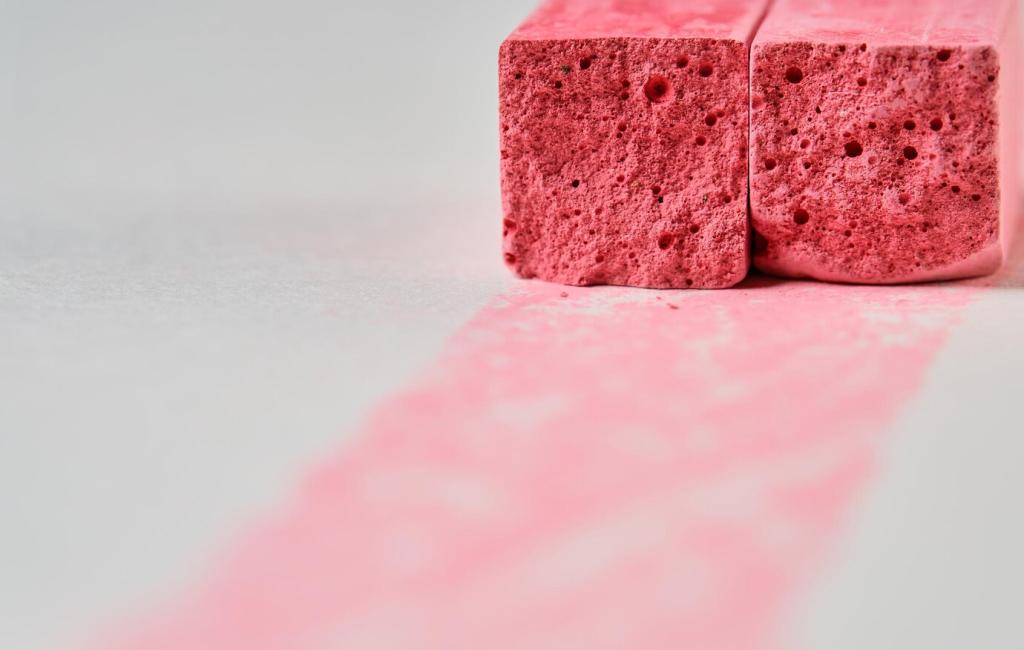
Intumescent coatings swell into insulating char, and mineral wool resists melt and smoke. Together, they delay structural heating, protect egress routes, and block ember intrusion. That extra time means firefighters can act and occupants can evacuate, turning a near‑miss into a survivable story.

Properly detailed mass timber forms a protective char layer that slows heat penetration. With tested connectors and encapsulation where needed, timber retains capacity through fire events, coupling sustainability with resilience and enabling rapid reoccupation after inspections and minor targeted repairs.
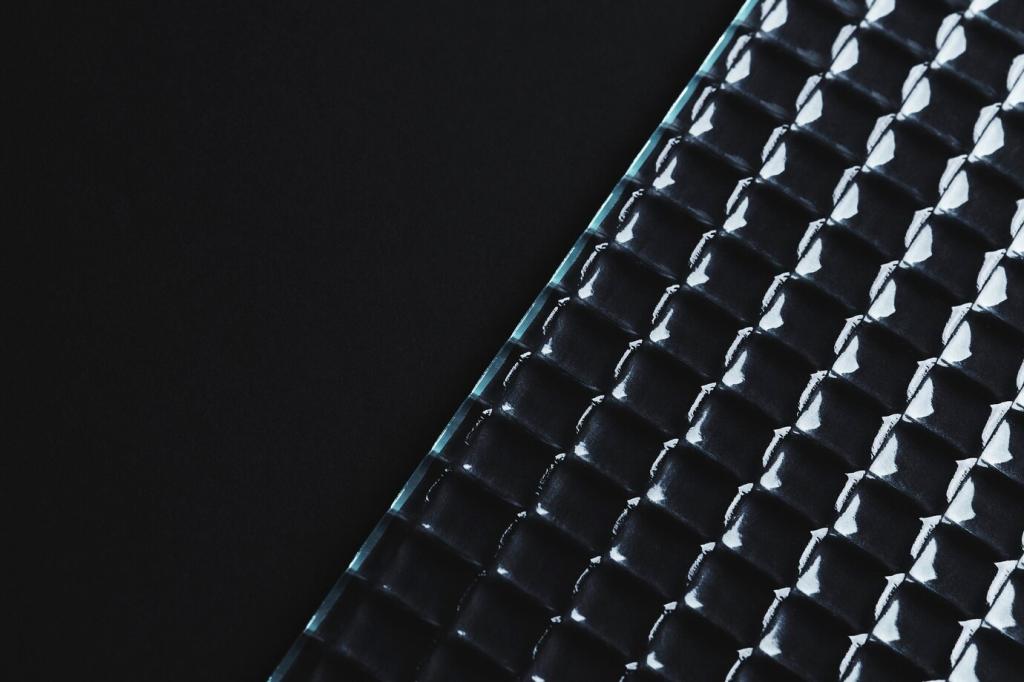
High‑albedo coatings, ventilated façades, and phase‑change materials limit heat uptake and evening re‑radiation. Interiors stay cooler with less mechanical load, reducing peak energy stress during heatwaves and keeping critical environments—clinics, shelters, data rooms—functional when the grid is strained.
Freeze–Thaw, Ice, and Permafrost: Cold‑Proof Choices
Concrete that survives countless freeze–thaw cycles
Air‑entrainment, low water‑cement ratios, and supplementary cementitious materials reduce saturation and microcracking. Surface densifiers and sealers add another layer of defense, so pavements, steps, and plinths endure winters without scaling, pop‑outs, and costly early‑life replacements.
Slippery to ice, friendly to seals
Ice‑phobic coatings, flexible cold‑rated sealants, and properly lapped membranes keep joints tight and safe. By reducing ice adhesion and accommodating contraction, doors operate, façade panels stay sealed, and maintenance teams avoid emergency interventions during the harshest cold snaps.
Foundations ready for moving ground
Helical piles, adjustable pedestals, and ventilated crawl spaces help manage frost heave and thaw settlement. In permafrost zones, thermosiphons and insulated foundations stabilize temperatures, preserving bearing capacity and preventing the slow, uneven distortions that quietly destroy alignment and finishes.

Wind and impact tests that matter
Standards for cyclic pressure and missile impact validate glazing, shutters, and cladding in hurricane regions. Specifying assemblies with documented performance gives confidence that edges, fasteners, and panels will hold when gust fronts arrive loaded with debris and chaos.

Fire performance beyond lab charts
Assembly testing for exterior walls, structural fire resistance, and wildland‑urban interface exposures captures real‑world complexity. Insist on tested combinations, not only component ratings, so your envelope resists flame spread, radiant heat, and ember attack under credible, multifactor scenarios.
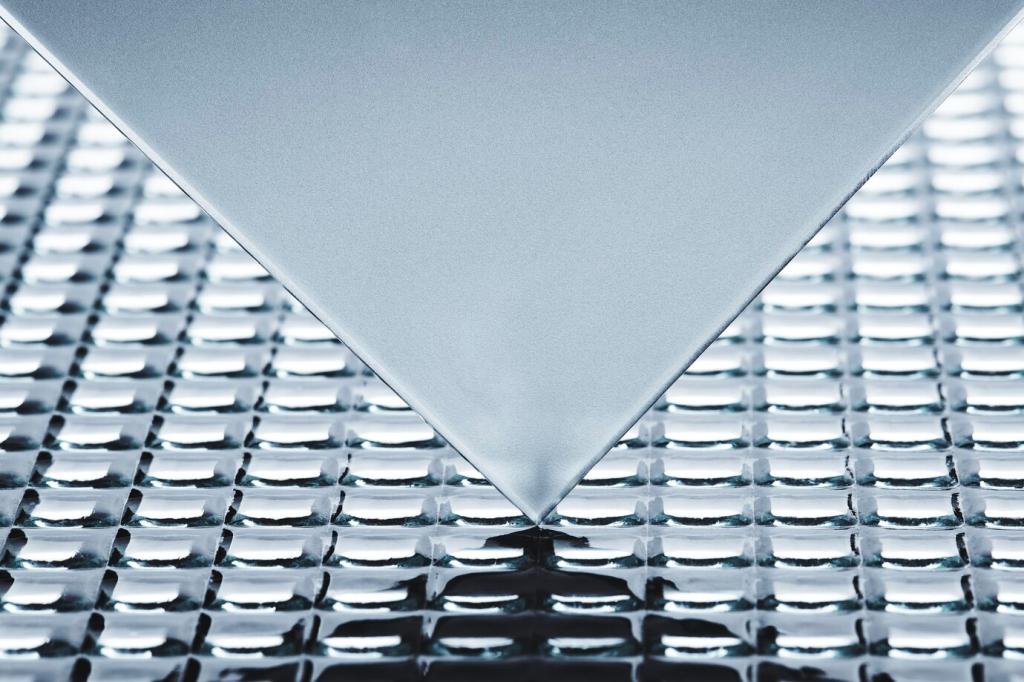
Mock‑ups, sensors, and lessons you keep
Full‑scale mock‑ups, on‑site water tests, and embedded sensors reveal leaks, thermal bridges, and movement before occupancy. Share your findings with peers in the comments and subscribe; the knowledge you document today prevents someone else’s failure tomorrow.
Lifecycle, Maintainability, and Community Resilience
Modular cladding, replaceable sacrificial layers, and accessible fixings turn damage into a controlled maintenance task. Clear inspection paths and documented kits speed recovery, reducing downtime while preserving the embodied carbon already invested in your building’s bones.
When a late‑season storm flooded nearby streets, the clinic’s geopolymer slab, FRP‑reinforced ramps, and raised, vapor‑smart interiors dried within days. Power and care continued uninterrupted, and the community returned for vaccinations despite salt spray scratching at the windows all night.
What detail saved your project? Which product disappointed under stress? Share a note below and subscribe. Together, we refine a living library of resilient materials that help every neighborhood weather what tomorrow brings with less fear and faster recovery.
